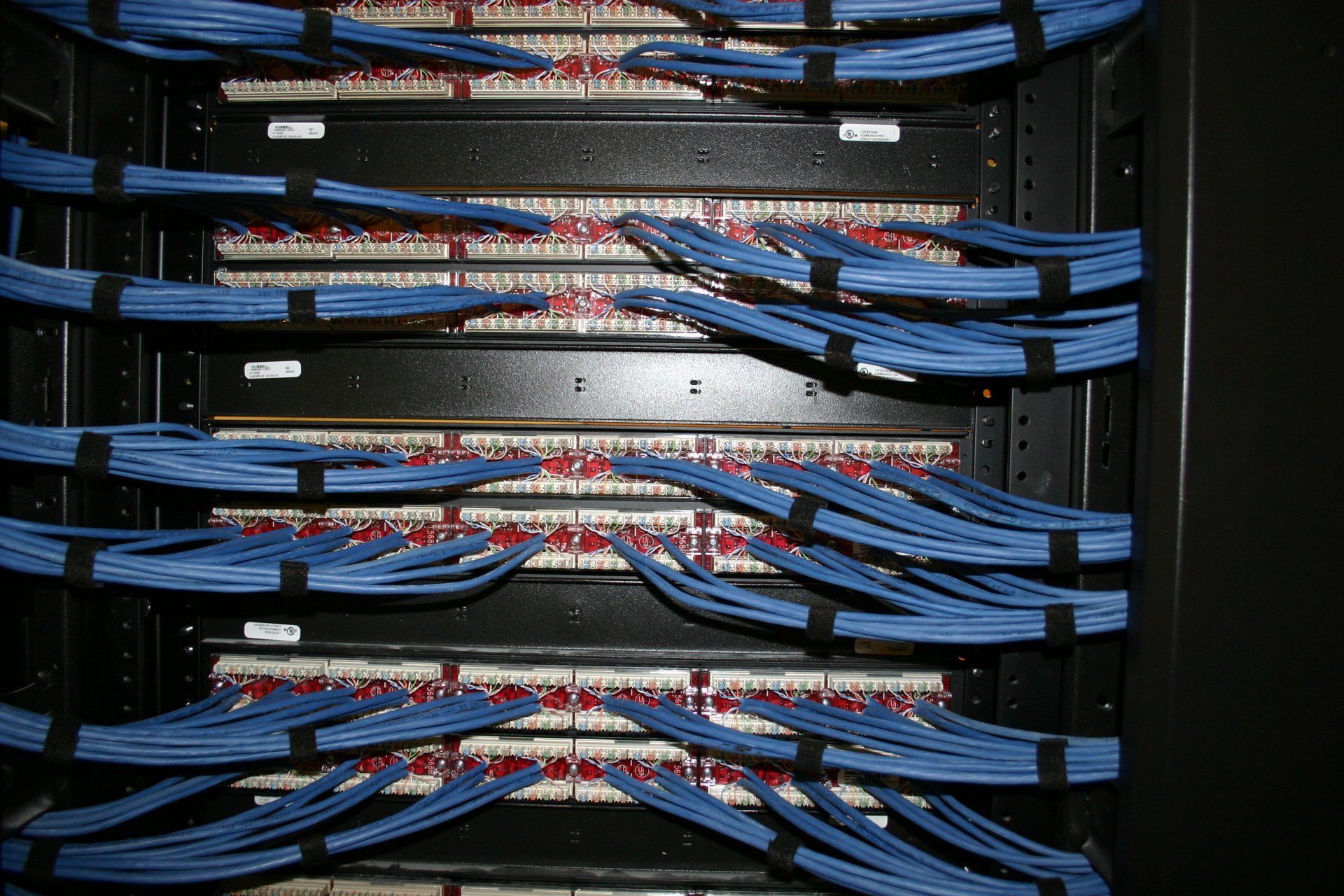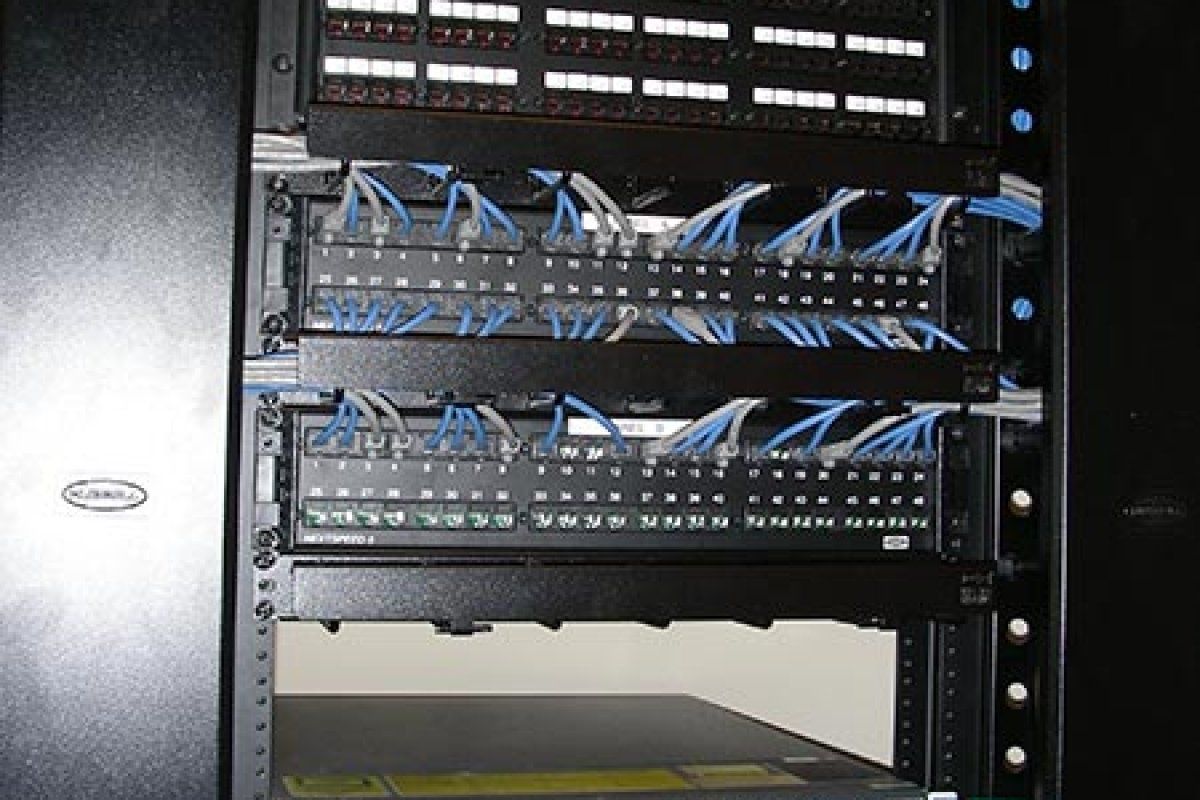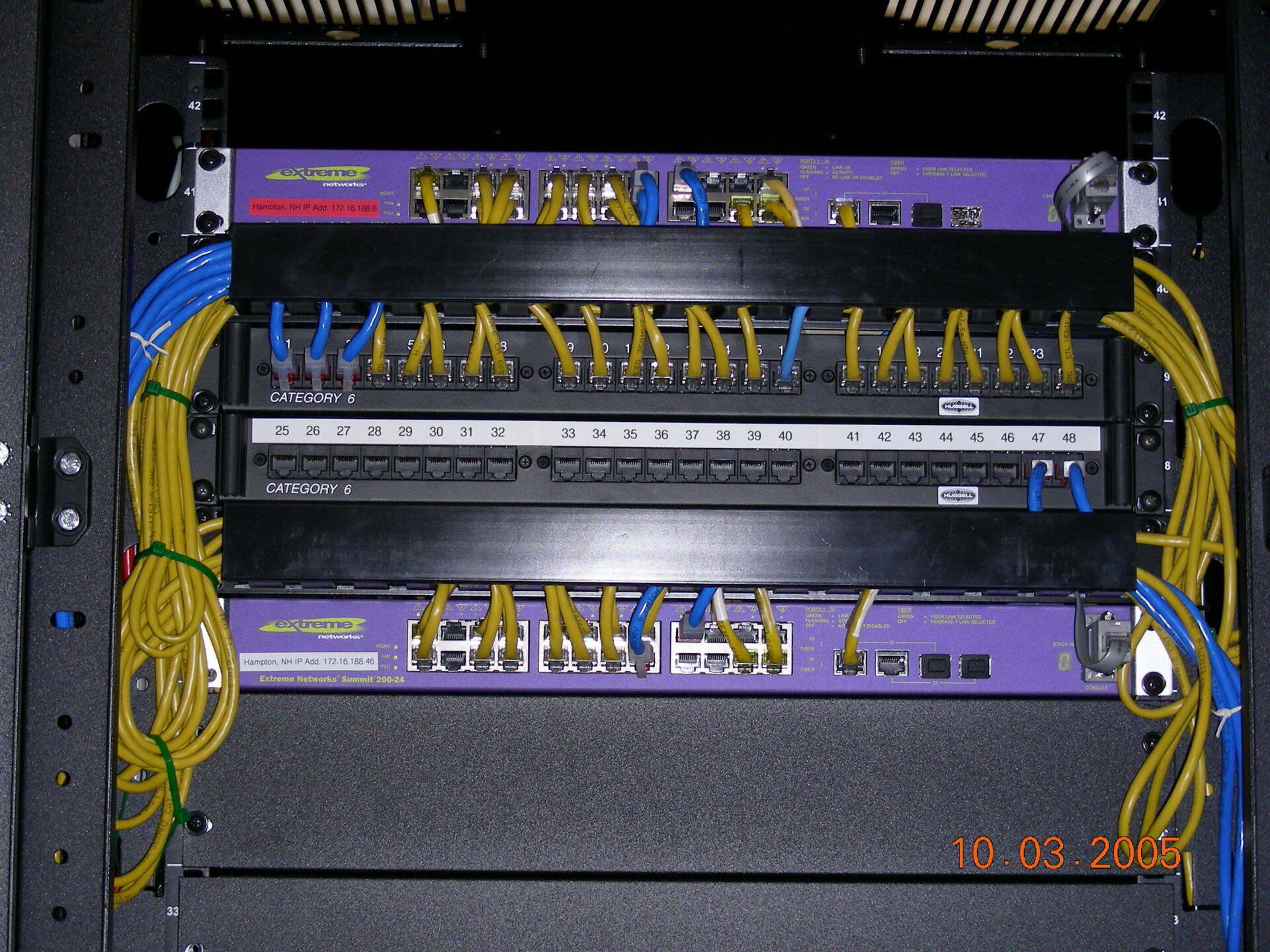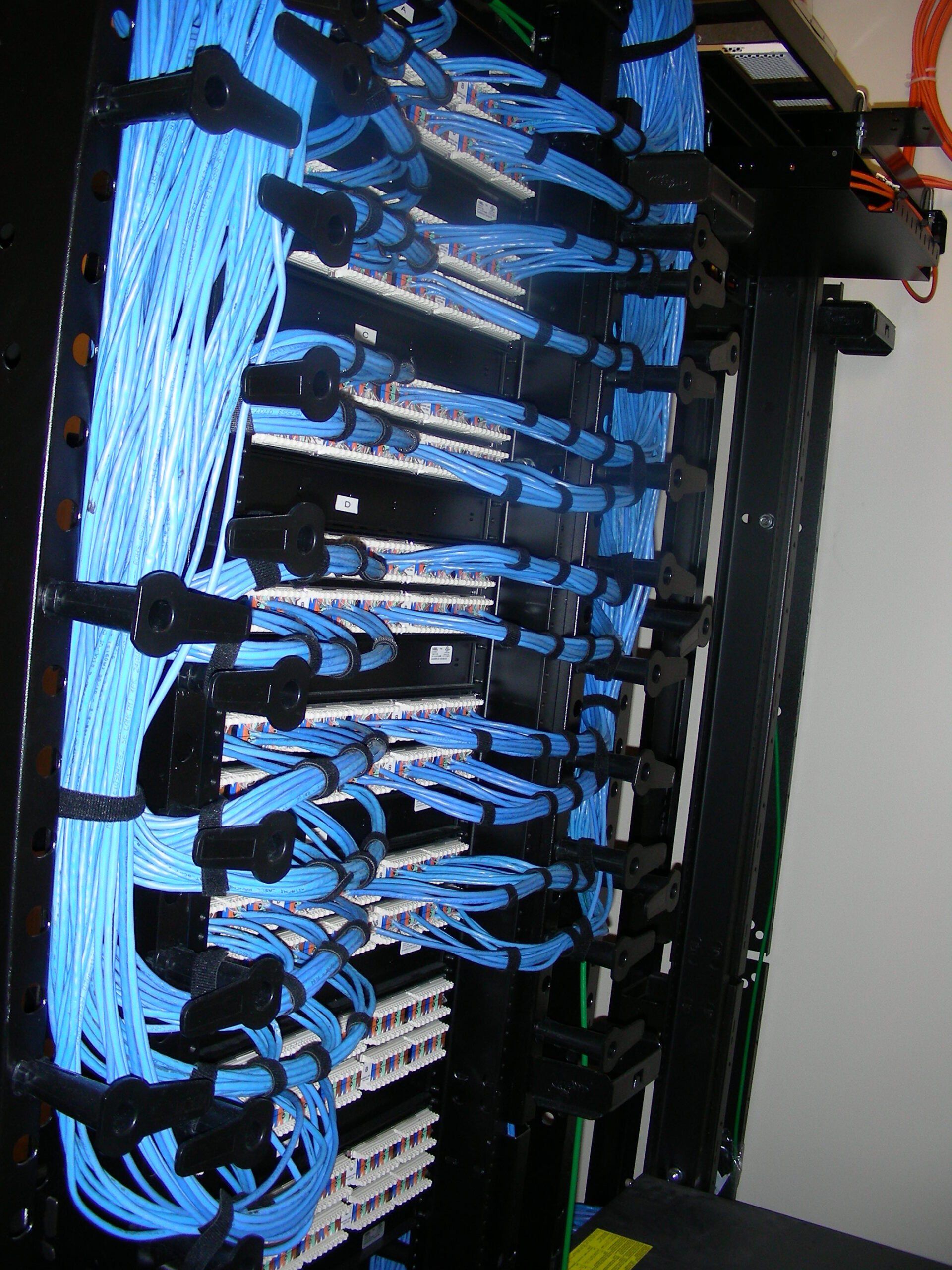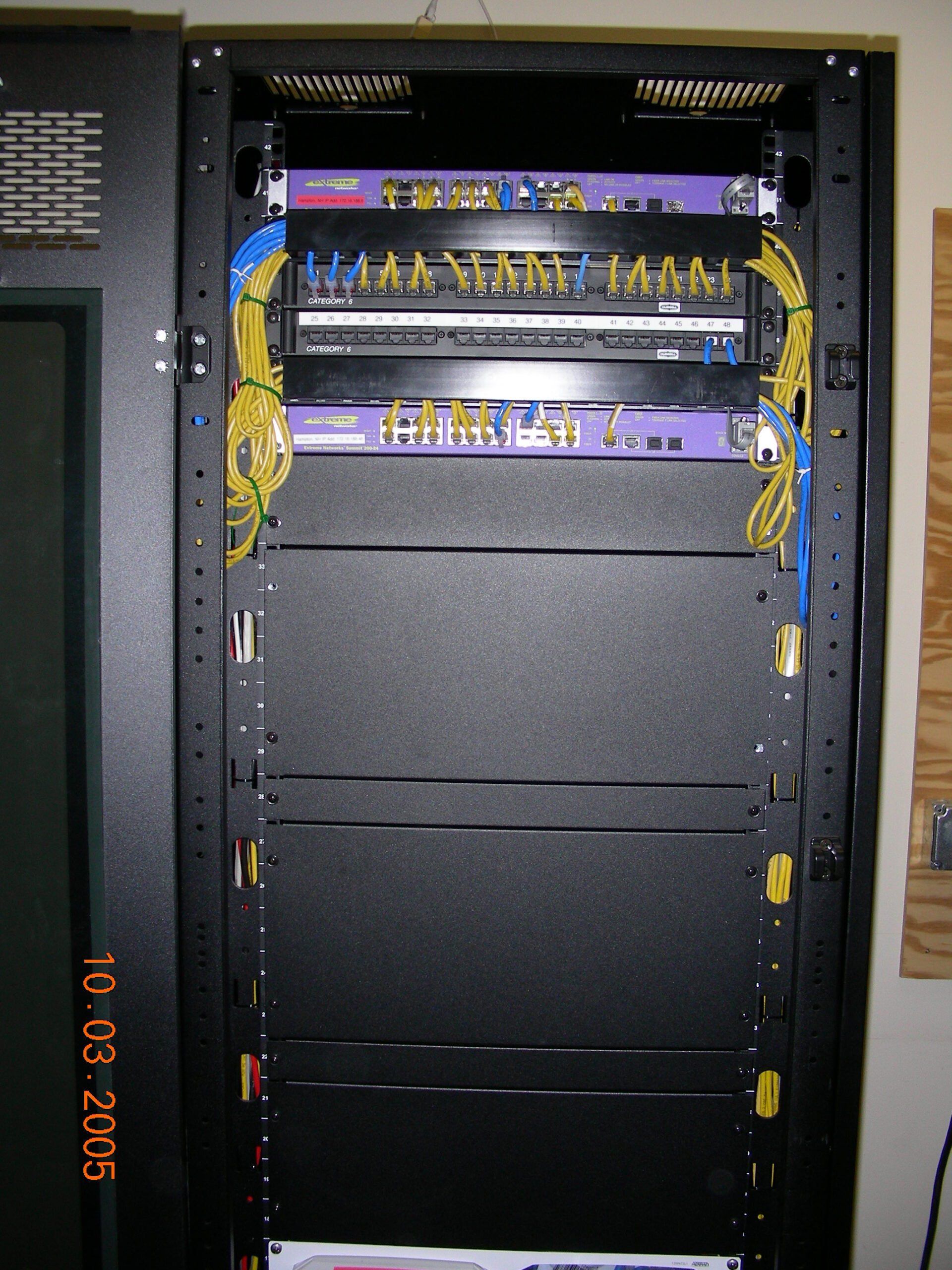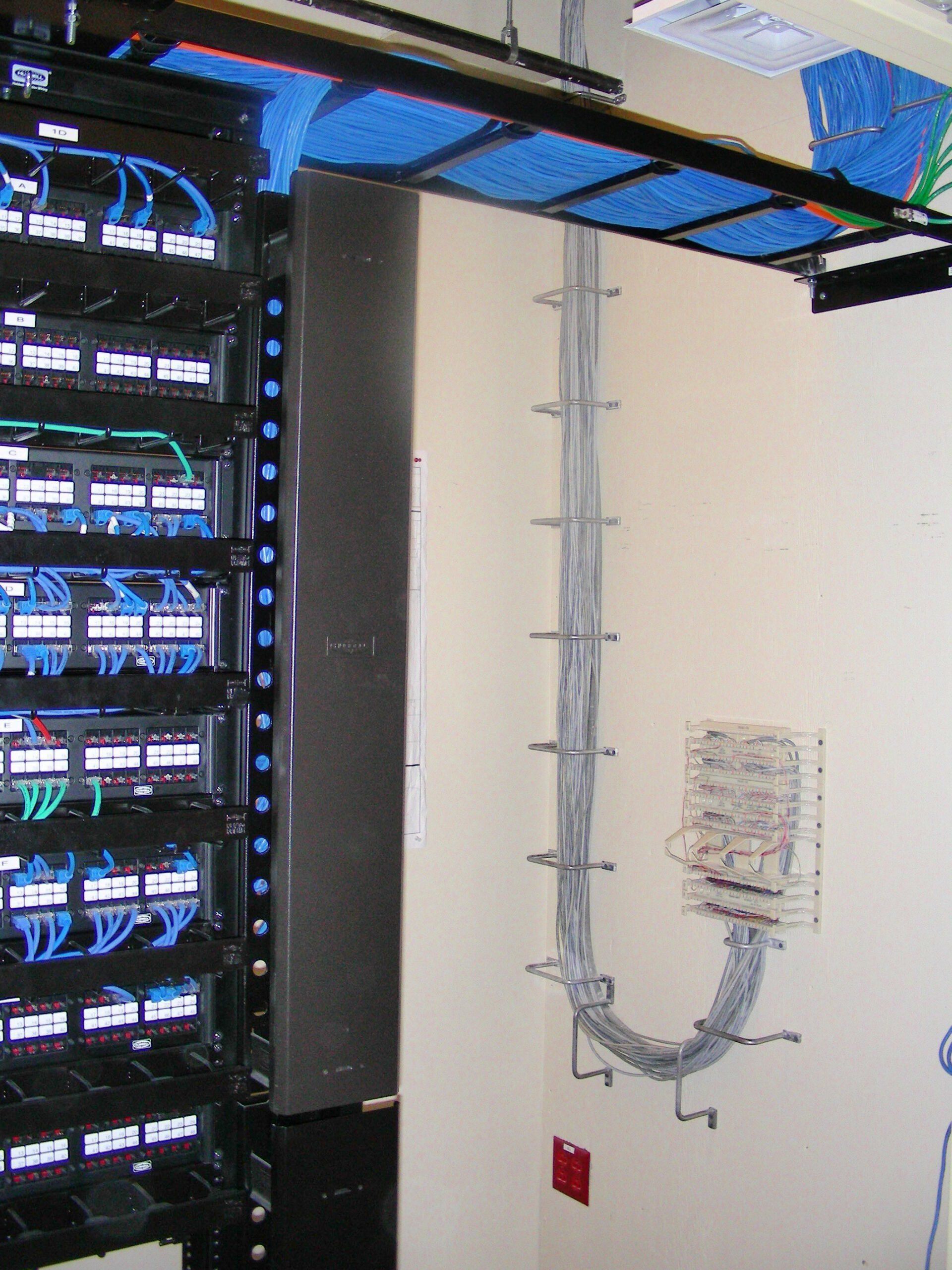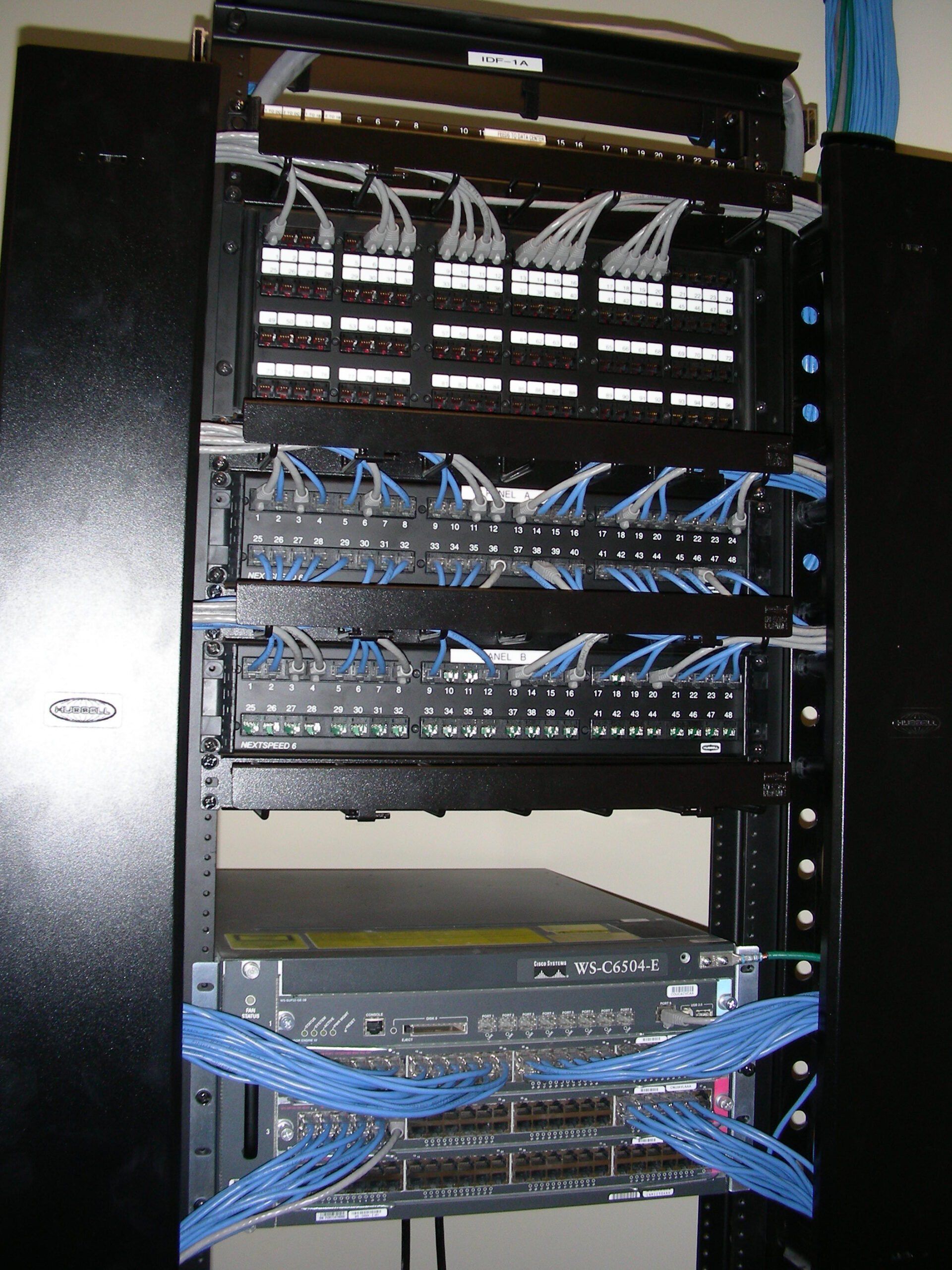Reliable Network Cabling System
HTS is your go-to company for all your low-voltage (a.k.a, structured) cabling. This includes cabling for your telephone service, computer network cabling, paging systems, video applications and TVs.
We can address any size cabling job from a single location in a residence to thousands of locations in a multi-story commercial building. Our customers range from residential to commercial, industrial and medical and municipal facilities.
We install CAT 5e/6/6A cable for your voice and data needs. Additionally, we install fiber optic cables (single mode and multimode) where needed, as well as paging cabling. We have BICSI certified staff and also possess certifications from multiple manufacturers.
We can test and certify after installation is complete, as well as existing wiring to provide peace of mind and guarantee that your wiring is tested from end to end and will support the demands of today’s bandwidth requirements.
We are experienced with providing design services for data room layout and construction.
When we refer to a “drop” these are for you to connect to a voice drop (telephone), data drop (computer/network) or a line to connect your paging system or TV.
After the cables have been installed in the walls and ceilings, they are terminated in your data closet, neatly connected to a data rack. This is where your telephone system control unit resides, as well other equipment such as your firewall and other networking equipment.
We take great pride in the fact that we have perfected the termination into a rack. Everything is neat and tidy. You will never see us leave a mound of drooping/hanging wires that appear to have no order to them.
We can come in and do a complete rehab of your data closet. We take what appears as a mass of tangled wires and properly terminate into your rack. This will provide a very neat appearance and remove safety issues of dangling wires. We know how to make a nightmare data closet transform into an orderly design.
Frequently Asked Questions About Cabling
If you have any additional questions, please feel free to contact us.


